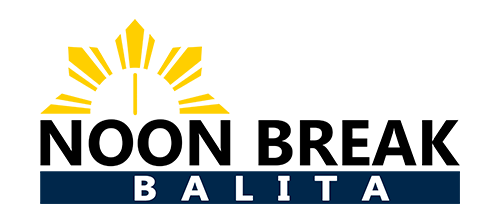In a rare set-up where educators sit down to listen to lectures, disaster preparedness experts from the Department of Science and Technology discussed the science of weather and geological hazards to DepEd officials and staff.
This happened in the recent “Iba na ang Panahon: Science for Safer Communities” forum at the Department of Education Central Office in Pasig City.
The Philippines has been prone to many natural calamities, experts told the educators, but casualties and damage of properties can be minimized or avoided if people know how to prepare for disasters.
DOST Assistant Secretary Raymund E. Liboro said that this can be done even in classroom environment where students at a young age get educated on the possible effects of a super typhoon or an earthquake to people’s lives. Students also need to learn how to respond to said calamities to save lives and protect properties.
“Dahil sa paiba-iba na ang panahon, mahalaga sa mga institusyon kagaya ng mga paaralan na maging matibay ang pundasyon nila pagdating sa mga bagong impormasyon hinggil sa mga posibleng sakuna na maidudulot ng mga bagyo at lindol sa ating mga buhay,” Asec. Liboro said.
Asec. Liboro added that DepEd should be in the forefront and take the lead in seeking ways to enhance the knowledge of teachers and students on the impact of natural calamities, which may result to a better decision-making.
Meanwhile, DOST-Philippine Volcanology and Seismology Director Renato Solidum recommended that teachers can ask their students to prepare an earthquake evacuation plan, as a form of assignment, to assess the students’ level of awareness and knowledge on earthquakes.
“Total, ang mga guro naman natin ay mahilig magbigay ng mga assignment, bakit hindi sila magbigay ng assignment na gumawa ang pamilya niyo ng earthquake evacuation plans (Since our teachers are fond of giving assignments, why don’t they give an assignment to pupils to prepare their family earthquake evacuation plans),” Solidum said. “Sa pamamagitan rin nito, marerealize din ng mga magulang kung gaano kahalaga ang mga ganitong uri ng preparasyon at ipatuloy nila ang pagtuturo sa kanilang mga anak (Through this, parents will realize the importance of this kind of preparation and they will continue teaching their children).”
Dr. Solidum stressed that teachers would also benefit from this because they too have their own families who need to be safe during natural calamities such as earthquake.
“It is about repetition and exposure to certain practices as well as building a culture, (which means) being always mentally-prepared during these situations,” Solidum said, “(These) are the answers on how to minimize, if not prevent, the loss of many lives and properties.”
He also reminded the importance of compliance to the National Building Code. Solidum explained that compliance would assure that your structures are resistant to strong earthquakes.
“It is not enough that people are prepared for disasters,” he stressed. “Buildings should also be safe structurally.”
Iba na ang Panahon: Science for Safer Communities is DOST’s information and education campaign of DOST on disaster preparedness. In the campaign legs, experts discuss and explain weather and earth science concepts and introduce tools to help communities prepare for disasters. Tools include websites that give accurate forecast in a few hours lead time and hazard maps that enable participants to identify hazards that their communities are prone to.
It started in 2014, with DOST and the Department of Interior and Local Government as partners in a 17-leg nationwide campaign providing local chief executives and disaster risk reduction managers with better understanding on the hazards in their own localities. The DepEd leg is the third this year after the campaigns at the House of Representatives and the Senate. (By Allan Mauro V. Marfal, S &T Media Service)




